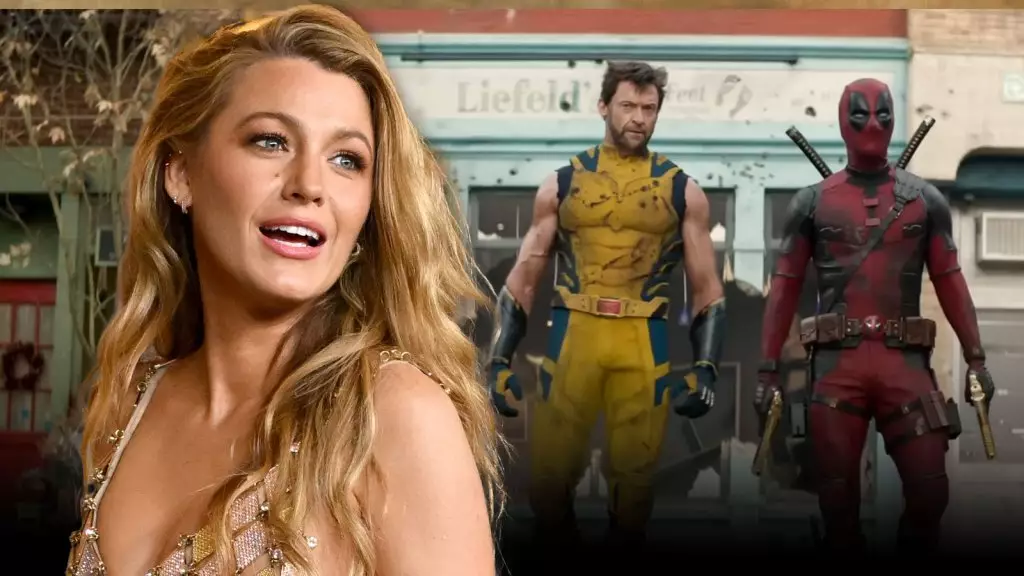In the fast-paced world of Hollywood, the contributions of actors and filmmakers often intertwine in unexpected ways. Blake Lively’s influence over the conclusion of “Deadpool & Wolverine” serves as a fascinating example of how collaborative creative efforts can significantly shape a film. This collaboration was not merely a matter of her cameo performance as Lady Deadpool; rather, it extended into a deeper engagement with the film’s narrative structure. Lively’s notes to her husband, Ryan Reynolds, who is also one of the film’s stars and producers, and director Shawn Levy, played an essential role in redefining the emotional stakes of the story.
The film’s climax originally followed a predictable formula, wherein the heroes emerge unscathed from their triumph over evil, often leading viewers to expect a standard conclusion. However, Lively’s suggestion to embrace suspense transformed this conventional narrative into a more nuanced and emotionally gripping experience. Shawn Levy recalled how her insight prompted a rethinking of pivotal scenes that culminated in reshoots: “It opened up a new way of thinking… The payoff is so much more satisfying.”
This shift from a safe ending to one filled with uncertainty allows viewers to engage more deeply with the characters’ struggles. By allowing audiences to “sit in the fear” of potential loss, Lively’s influence contributes to a more visceral emotional encounter, enhancing the audience’s connection to the characters.
Such teamwork between Lively and Reynolds is indicative of a larger trend in collaborative creativity among partners in the film industry. Lively recently expressed how her husband played a substantial role in shaping significant moments in her projects, like the “iconic rooftop scene” in “It Ends With Us.” This reciprocal influence fosters an environment where both artists can thrive, leading to richer storylines and innovative cinematic experiences. Their relationship goes beyond domestic familiarity; it is a partnership that values feedback and mutual enhancement of creative visions.
The fact that “Deadpool & Wolverine” underwent reshoots also highlights an important aspect of modern filmmaking. While reshoots are often viewed with skepticism—as signs of a troubled production—they can also signify a commitment to improving the final product. In a time when films are scrutinized for their pacing and emotional depth, such adjustments become vital for enhancing narrative coherence and thematic resonance. Reynolds pointed out how the brief period dedicated to reshoots resulted in significant enhancements to the film, further evidencing that a flexible approach to storytelling can yield optimal results.
Blake Lively’s contributions to “Deadpool & Wolverine” underscore an important truth about filmmaking: the collaborative spirit can lead to innovative outcomes that transcend traditional Hollywood storytelling norms. As industry professionals support each other by fostering creativity and playfulness, the end result is often a more engaging and nuanced cinematic experience. Whether through subtle suggestions or substantial narrative changes, such influence can craft a storyline that captivates audiences and enriches their viewing journey. Thus, Lively’s role, albeit behind the scenes, strengthens the adage that collaboration is the heart of storytelling in cinema.

